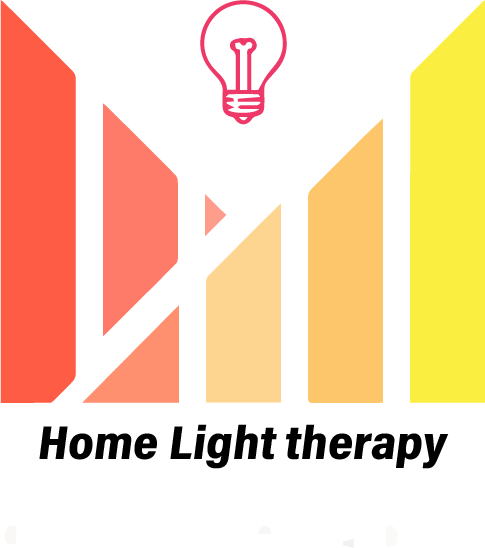Is light the secret weapon to help psychological issues?

Psychological problems affect more of us than we admit to. From dementia to depression, psychological issues can have far reaching effects. What if it was possible to help people with a multitude of psychological issues with a non-invasive effective plan. What if you aren’t suffering from psychological issues, but would like your brain to function at a “higher level” – is that possible too?
I welcome you to the world of photobiomodulation!

So what is photobiomodulation?
Photobiomodulation (PBM) is: “the use of red or near-infrared light to stimulate, heal, regenerate, and protect tissue that has either been injured, is degenerating, or else is at risk of dying” (1). This light modulation and stimulation of cells happens in the brain too!
Is it as simple as shining any light on the head?
The simple answer is no. Different wavelengths (colours) of light are absorbed at different rates by different things. So we know that the skull absorbs much of the light energy in the bone, the hair absorbs some as well – think of sunbathing, do you put sun cream under your hair? No you don’t because the sunlight is largely absorbed by the hair.
Currently the use of lasers in being used as they provide a concentrated beam of light energy that is partially able to penetrate the skull and provide improvement to a small area of the brain. The downside of lasers is that they are costly, need some expertise and not efficient at helping larger areas. They can also cause tissue heating which can be a dangerous effect of laser therapy.
Next up is intra-cranial light. A light source is implanted in the brain to provide light to a specific part of the brain. This is a way to deliver light deep into the brain, but it is invasive, costly and needs high levels of expertise. There are currently studies underway with regards to this and dementia/Alzheimer and/or Parkinson’s disease.
Last up are LEDs (light emitting diodes). These are cost effective, easy to program, can use multiple wavelengths and are accessible for home use. A study by Mendez 2019 (2) found that LEDs, although weaker, without as much penetration as laser were able to provide beneficial response. The research shows LED “can combine different wavelengths by emitting a non-coherent light beam, and it shows greater amplitude than the laser source, allowing its application on larger areas.”
LED light is something you can have at home and used when needed.
It is important to understand that wavelength is crucial. Using the right wavelength is the only way to make sure that the light is penetrating the skull and reaching the brain to have positive effects.
What wavelengths does one need?
Unlike a lot of the companies selling red light therapy who will tell you 660/850 are the optimum, they are not. Not even close in some aspects. The research shows us that the most effective wavelengths are 810nm and 1064nm. You will soon be able to buy the “brain bulb” from my store with just these two wavelengths of light. Until then you can obtain my Optibio 670/810/830nm here
Conclusion

PBM achieves enough brain penetration to produce beneficial effects in healthy subjects and subjects with multiple pathologies! The research suggests that LED light can be effective and improve various function and blood flow to regions of the brain. Whether you want to improve your brain function and blood flow as a healthy individual or you want to use it to help with a psychological pathology, light could be for you!
References:
1. Hamblin, M.R., 2016. Shining light on the head: Photobiomodulation for brain disorders. BBA Clinical.. doi:10.1016/j.bbacli.2016.09.002
2. Gutiérrez-Menéndez, A., Marcos-Nistal, M., Méndez, M., Arias, J.L., 2020. Photobiomodulation as a promising new tool in the management of psychological disorders: A systematic review. Neuroscience & Biobehavioral Reviews.. doi:10.1016/j.neubiorev.2020.10.002

